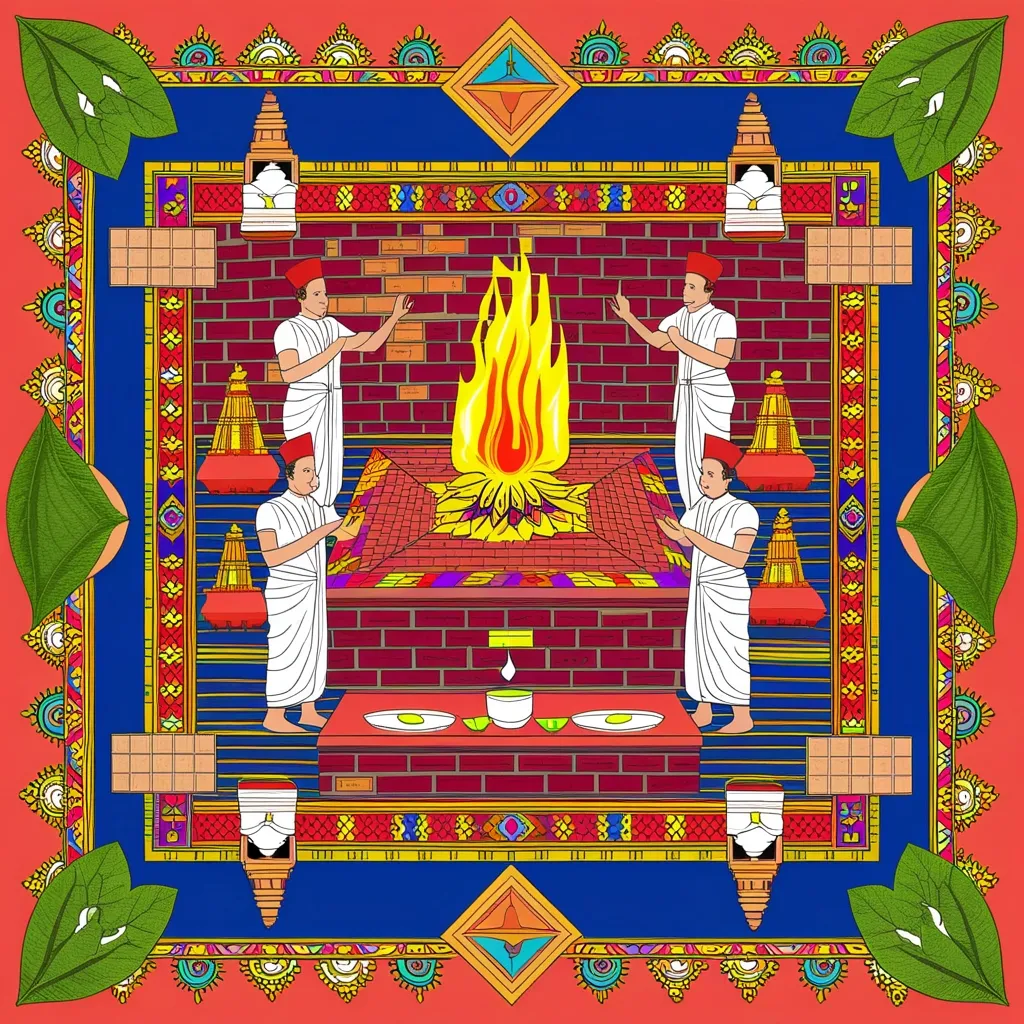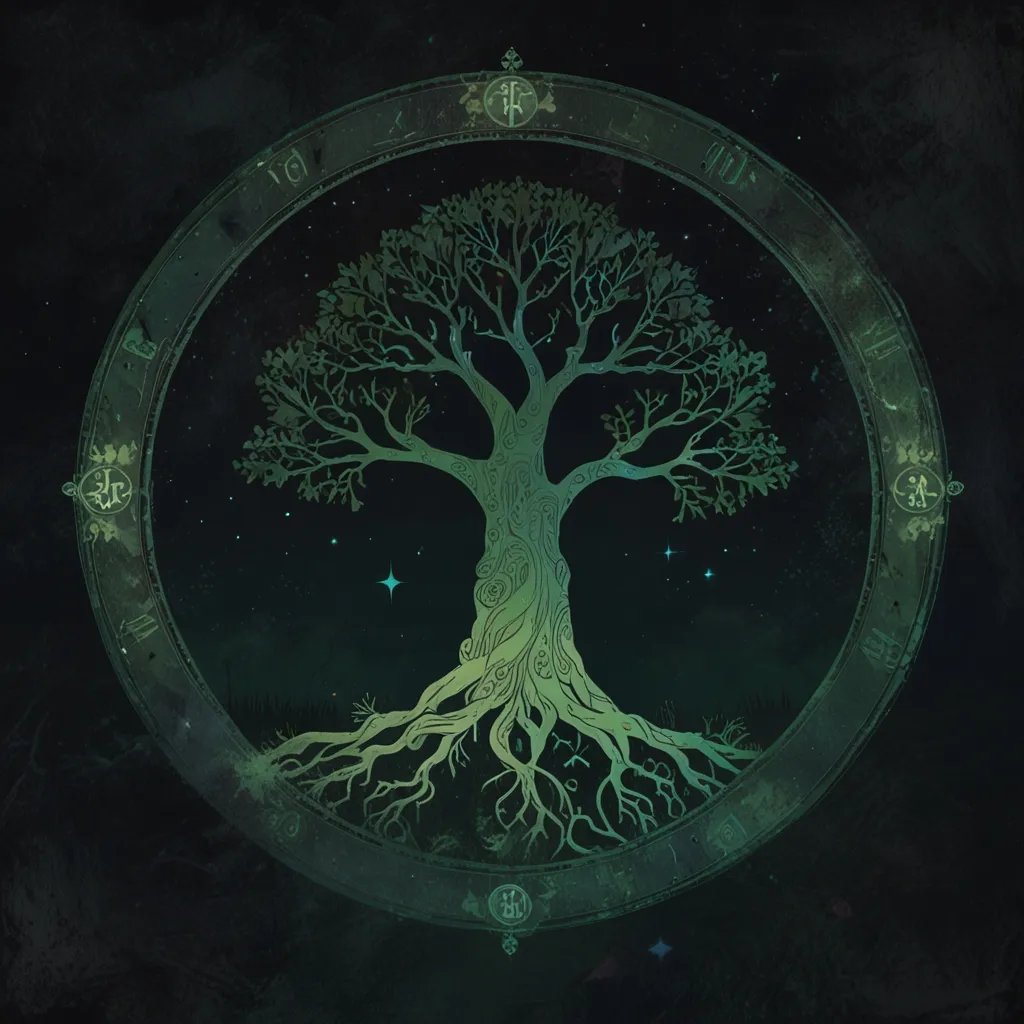In the vivid world of Hindu rituals, there’s this incredible practice called Yajna. It’s not just a spiritual ceremony but a full-blown experience aimed at communal worship and personal enlightenment. The heart and soul of every Yajna lie in the construction of the altar, a place where age-old geometry mingles with ancient wisdom to create something truly sacred.
Let’s dig into what makes these Yajna altars tick. Often called Yajna Kunda or Vedi, these aren’t just some random setups. They are finely crafted spaces meant to trigger spiritual growth and bring communities closer together. They follow strict geometric principles detailed in ancient texts like the Shulba Sutras. The geometry isn’t just for show; it significantly impacts the energy and outcome of the Yajna.
Building a Yajna altar is nothing short of an art form. Whether it’s a square, rectangle, or something more intricate like a bird shape, these altars are planned and executed with mathematical precision. Take the Agnicayana ritual, for example. This complex Yajna involves arranging 10,800 sacrificial bricks in five layers, each representing different aspects of the cosmos.
The bricks used, known as Ishtakas, aren’t your run-of-the-mill construction blocks. They’re made from a mix of soil, stone powder, iron essence, sand, and water. Each brick is heated to ensure it’s solid and durable, then arranged in highly specific patterns. In Agnicayana, for instance, each layer of bricks symbolizes elements like the sky and the atmosphere, reflecting cosmic harmony.
Even the layout of the entire Yajna space, or Yajna Sāla, is crafted with immense care. Typically, these spaces have four entrances, echoing the four Vedas. The entrances are decked out with leaves from specific trees like Nyagrodha and Aswattha. Altars in the space are positioned very precisely according to directions, with each cardinal point carrying its own geometry and significance. For example, the Ahavaniya Agni, the offertorial fire, always faces east.
Yajna isn’t a one-person show. It involves a team, each playing a significant role. The main participant is the Yajamani, the one who performs the sacrifice. For grand Yajnas, the Yajamani is joined by their consort who helps in offering the fire. There are also four main priests: Hota, Adhvaryu, Brahma, and Udgata. Each priest specializes in one of the four Vedas and has specific tasks during the ritual. The Hota recites Rig Veda mantras, Adhvaryu handles the sacrifices (an expert in the Yajur Veda), Udgata sings the Sāma Veda, and Brahma oversees the entire event.
The ritual process itself is elaborate and consists of several stages. It kicks off with purification rites and altar construction. Items used, known as Dravya, include special ladles (Sruk and Sruva), wooden pieces (Idhma), and bowls (Pātras). The ritual fire, Agni, is central, and offerings are made to it. These offerings can be anything from ghee and milk to grains, cakes, and soma. The length of a Yajna can vary dramatically, from a few hours to several months, depending on the ceremony type.
The connection between Yajna and cosmic principles is deep. The altars are designed to resonate with both microcosmic and macrocosmic harmony. For instance, the five layers of the Agnicayana altar represent earth, water, fire, air, and ether. The 12-day ritual signifies starting a new layer each day, with specific deities receiving sacrifices. This cosmic connection is believed to balance and harmonize both participants and their surroundings.
Yajna isn’t just a ritual; it’s a profound symbol of self-sacrifice and spiritual growth. Offering oblations into the fire symbolizes surrendering one’s ego and desires. The ritual fire, Agni, acts as a purifier, cleansing participants of impurities. The whole ceremony also reflects the circle of life and death, showing that sacrifice leads to new beginnings. This symbolism is also evident in the Brahmodya Riddle hymns, dialogues focusing on spiritual themes and existential questions.
Yajna is very much a community affair. It brings everyone together, each playing part in the ritual. The Yajna space is designed to accommodate an audience, with positions assigned for participants and onlookers. The ritual is thought to bring numerous blessings, like health, prosperity, and good crops, and serves as a forum for spiritual discussion and the recitation of Vedic mantras—which are believed to have a positive influence on everyone involved.
The construction of a Yajna altar is a testament to ancient Indian culture’s ingenuity and spiritual depth. The geometric principles and cosmic connections behind these altars reflect an extraordinary understanding of the universe and human existence. Yajna is more than a ritual; it’s a quest for spiritual growth, communal harmony, and cosmic balance. Dive into the intricacies of Yajna, and you’ll find a rich tapestry of symbolism, community, and spiritual aspiration that continues to inspire and guide us even today.






